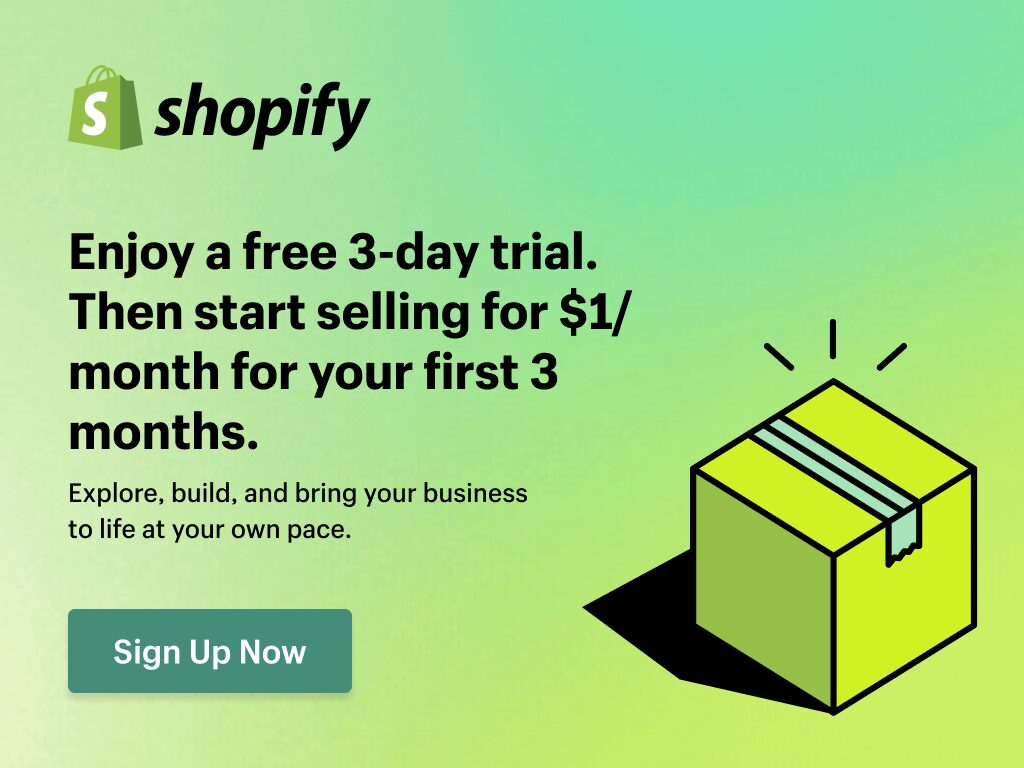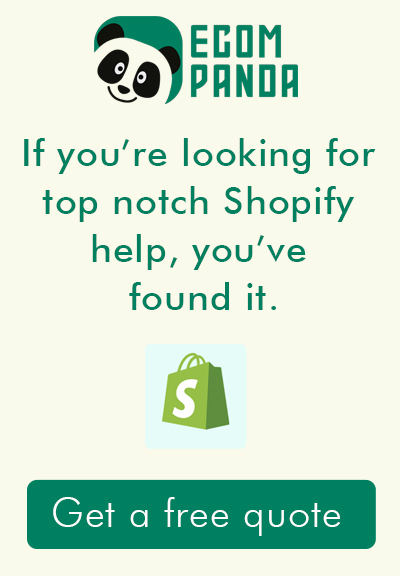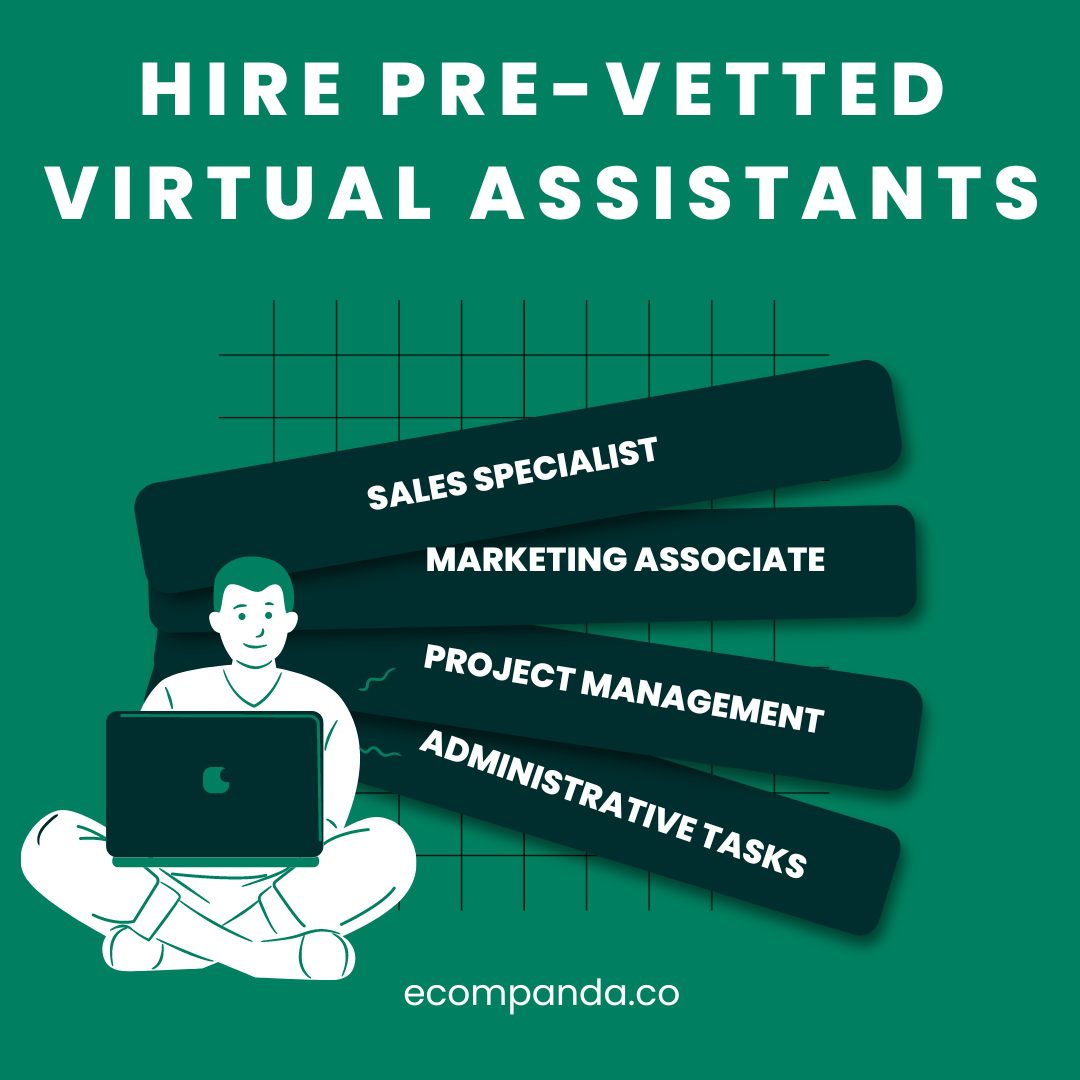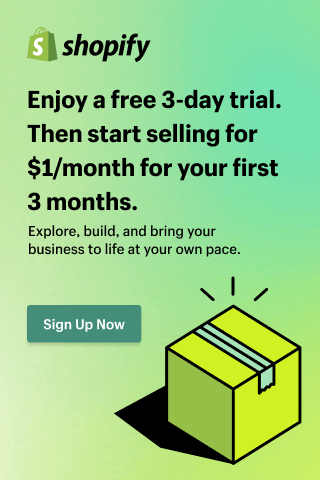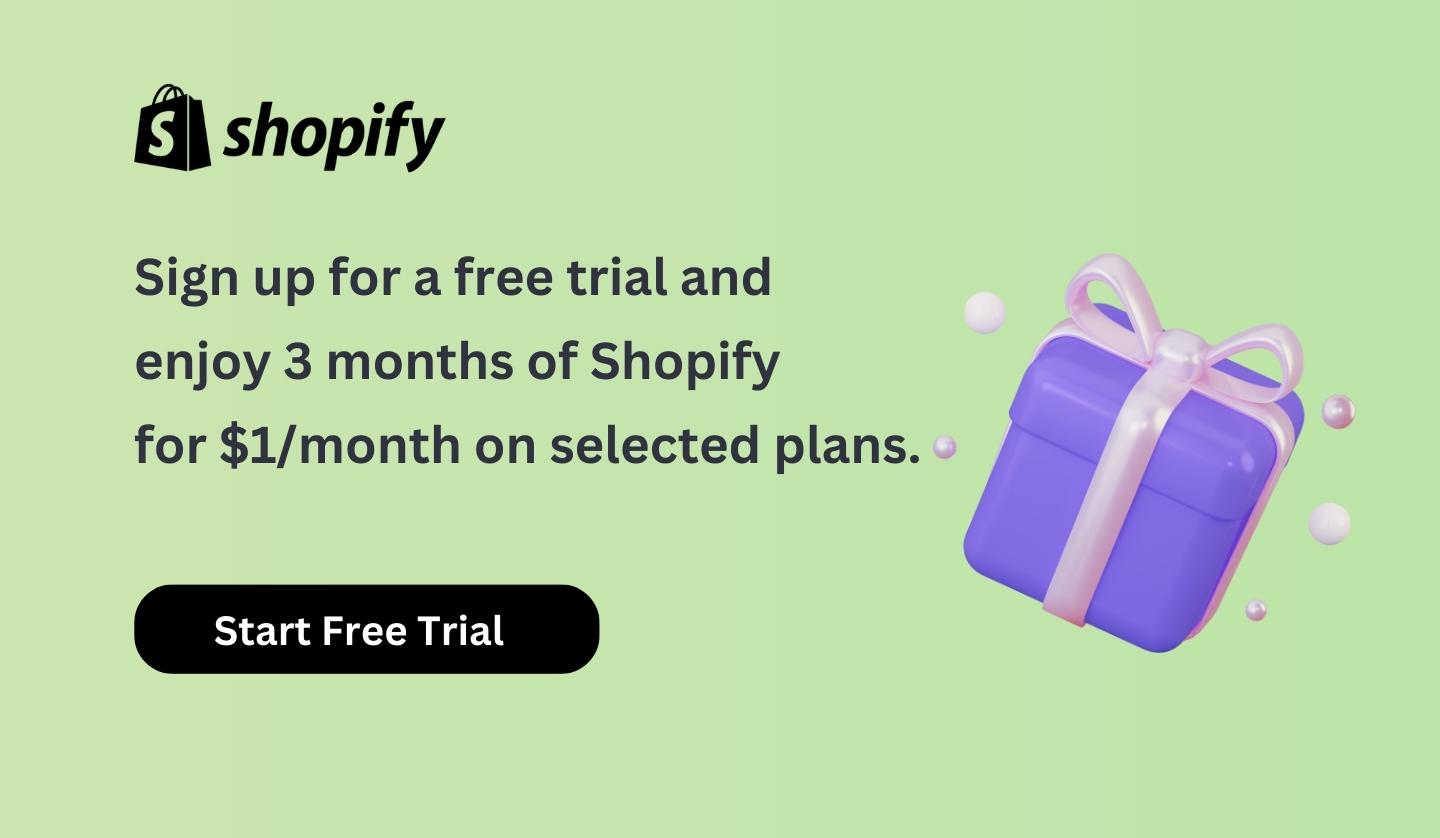In today’s digital age, e-commerce is rapidly reshaping the landscape of retail, and at the forefront of this revolution is Shopify. Known for its user-friendly interface and robust functionalities, Shopify has emerged as a go-to platform for businesses, both large and small, seeking to establish a strong online presence. As of now, it powers over a million businesses in more than 175 countries, and these numbers are only increasing.
While having a well-designed online store is crucial, it’s equally important to incorporate strategic marketing tools to drive traffic, engage visitors, and ultimately, boost sales. One such effective tool that often gets overlooked is the use of pop-ups. Despite their sometimes annoying reputation, when used correctly, pop-ups can serve as powerful catalysts to increase sign-ups, disseminate important information, and, most importantly, elevate sales.
This article aims to dive into the specifics of one such strategic tool – the pop-up. It will provide insights into how to use a “pop-ups for Shopify” effectively to boost sales on your online store. By utilizing pop-ups the right way, you can not only engage your customers but also motivate them to take actions that can positively impact your bottom line. So, without further ado, let’s delve into the world of Shopify pop-ups and unravel the secrets of using them to drive sales for your e-commerce store.
Table of Contents
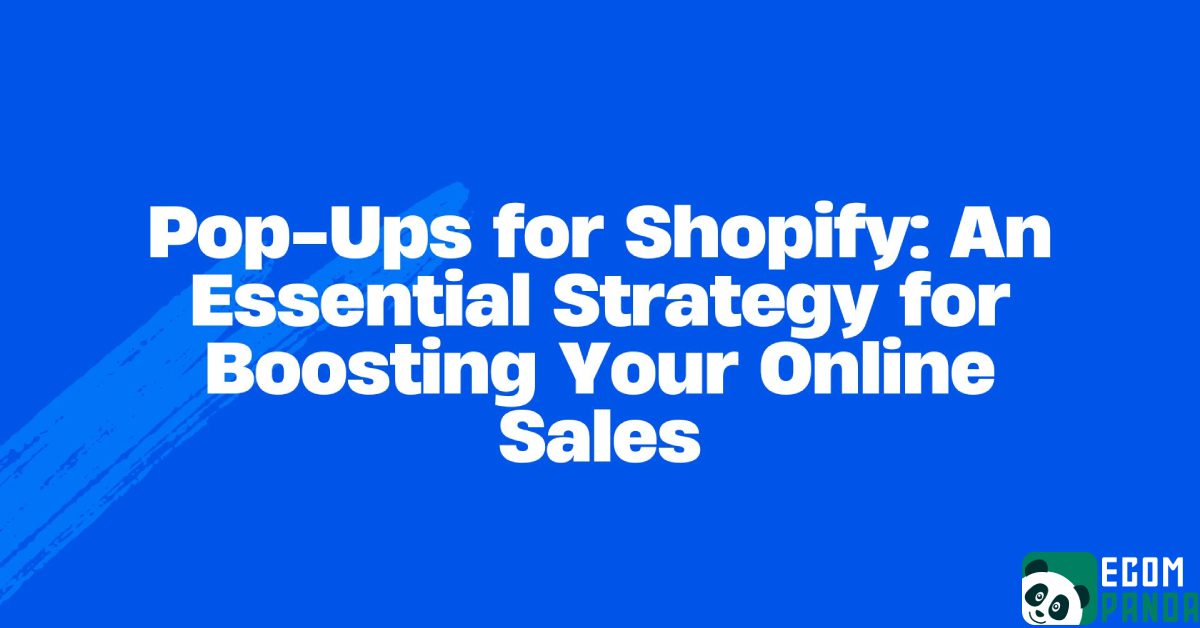
Understanding the Power of Pop-Ups
Pop-ups have been a part of the digital landscape for many years now, but their influence and power in shaping user behavior have never been more significant. Essentially, pop-ups for shopify are interactive elements that appear on a website, usually in the form of small windows or overlays, to catch the visitor’s attention. They can be used to deliver critical messages, promote offers, encourage sign-ups, or guide visitors to take certain actions. They’re the digital equivalent of a salesperson gently tapping a shopper on the shoulder, offering help or suggesting a deal they can’t refuse.
The reason pop-ups have such an influence on user behavior lies in their inherent ability to disrupt the browsing pattern. They prompt users to stop, focus, and interact with the information being presented, creating a perfect opportunity for businesses to drive action. With their strategic placement and timing, pop-ups for shopify can drastically enhance customer engagement and conversion rates, leading to increased sales.
As e-commerce platforms go, Shopify has been quick to recognize this power of pop-ups. The term “pop-ups for Shopify” has become somewhat of a buzz phrase within the community. Why? Because businesses are realizing the impact of using pop-ups as a strategic tool on their Shopify stores. Whether it’s for announcing new products, promoting limited-time sales, or even gathering customer emails for future marketing efforts, a well-designed “pop-ups for Shopify” can significantly enhance a store’s sales and customer engagement.
Given their effectiveness, it’s no surprise that pop-ups have transformed from an optional add-on into an essential feature in the e-commerce toolkit. In the upcoming sections, we’ll delve deeper into how to harness the potential of a “pop-ups for Shopify” to boost sales for your online store.
The Role of Pop-Ups for Shopify
In e-commerce, achieving high engagement rates, conversion rates, and ultimately, sales, requires a multi-faceted approach. One powerful tool that can significantly contribute to these goals is the pop-up. Pop-ups serve various roles in e-commerce, each playing a part in driving customer engagement and influencing purchasing decisions.
Firstly, pop-ups can act as immediate attention grabbers. Their sudden appearance disrupts the usual browsing experience, compelling users to focus on the message being presented. This can increase user engagement with your website, keeping them longer on your page and reducing bounce rates.
Secondly, pop-ups can be a valuable tool for lead generation. Whether it’s prompting users to sign up for newsletters, offering discounts in exchange for email addresses, or encouraging users to register for an account, pop-ups can effectively grow your email list, providing you with a larger audience for future marketing campaigns.
Finally, pop-ups can directly influence sales. By presenting enticing deals, promoting exclusive products, or offering limited-time discounts, pop-ups can create a sense of urgency that encourages immediate purchases. The ability to deliver targeted messages at the right time can significantly increase your conversion rates, leading to a boost in sales.
Given these benefits, it becomes clear why using a “pop-ups for Shopify” is something you should consider for your online store. A well-planned and effectively designed “pop-ups for Shopify” can create a richer user experience, drive customer engagement, increase lead generation, and boost your sales. In the context of an increasingly competitive e-commerce landscape, harnessing the potential of pop-ups can provide you with the edge you need to stand out and succeed.
How to Use Pop-Ups Effectively on Your Shopify Store
While pop-ups offer great potential, it’s crucial to use them strategically to avoid annoying your visitors and to maximize their effectiveness. Here are some ways to create an engaging and persuasive “pop- ups for Shopify” for your online store:
Craft a compelling message: The content of your pop-up should be concise, clear, and engaging. Highlight the benefits that users will receive if they act on your message, such as receiving a discount, learning about new products, or gaining access to exclusive content.
Design matters: An appealing and clean design can greatly improve the effectiveness of your pop-up. Make sure your pop-up aligns with the overall aesthetics of your website. Use eye-catching colors, large text, and high-quality images to attract attention.
Use strong calls to action (CTAs): Your CTA should clearly state what action you want the user to take. Whether it’s “Sign Up Now”, “Get the Discount”, or “Start the Free Trial”, make sure your CTA is persuasive and encourages immediate action.
Timing is key: The timing of your pop-up can greatly impact its effectiveness. For example, an exit-intent “pop-ups for Shopify” can capture users who are about to leave your site, while a time-based pop-up can engage users who have spent a certain amount of time on your site.
Make it easy to close: While you want users to engage with your pop-up, it’s also important to make it easy for them to close it if they’re not interested. A pop-ups that’s difficult to dismiss can frustrate users and negatively impact their browsing experience.
In addition to these general guidelines, it’s important to tailor your pop-ups to your target audience for more effective results. Use your customer data to understand your audience’s preferences, behaviors, and needs. A “pop-ups for Shopify” that’s tailored to your audience can significantly enhance user engagement, conversion rates, and ultimately, your sales.
Remember, the key to an effective pop-up strategy lies in striking a balance between promoting your offers and maintaining a pleasant user experience. Always keep your customers’ needs and preferences in mind when designing and implementing your “pop-ups for Shopify”.
Types of Pop-Ups to Use in Shopify
When it comes to using a “pop-ups for Shopify”, there are several types to choose from, each offering its unique advantages. Let’s dive into four common types and how to use them effectively.
Entrance Pop-Ups: These pop-ups appear as soon as a visitor lands on your website. They’re often used to welcome visitors, offer discounts, or collect email addresses. To use them effectively, keep your message clear and concise. Since this is the first interaction your visitor will have with your site, you want to make sure it’s a positive one.
Exit-Intent Pop-Ups: These pop-ups are triggered when a visitor is about to leave your website. They serve as a last-ditch effort to engage the visitor, either by offering a discount, asking for feedback, or prompting them to subscribe. To use them effectively, create a compelling offer that gives your visitor a reason to stay or revisit in the future.
Scroll Pop-Ups: Scroll pop-ups are triggered when a visitor scrolls to a certain point on your page. They’re often used to promote specific products or offers relevant to the content the visitor is currently viewing. To use them effectively, ensure that your pop-up aligns with the visitor’s current stage in the buyer’s journey.
Time-Based Pop-Ups: These pop-ups appear after a visitor has spent a specific amount of time on your site. They’re usually used to engage visitors who are actively browsing your site and are more likely to be interested in your offers. To use them effectively, consider the average time a visitor spends on your site before deciding when the pop-up should appear.
Choosing the right “pop-ups for Shopify” depends on your business needs and your customers’ behavior. It’s vital to understand your customer’s journey and tailor your pop-ups accordingly. By carefully selecting the type of pop-up, crafting an engaging message, and timing it right, you can effectively use pop-ups to boost sales on your Shopify store. Remember, the goal is not to interrupt your customers, but to provide them with value and enhance their shopping experience.
Best Practices for Using Pop-Ups in Shopify
When used strategically, a “pop-ups for Shopify” can be a powerful tool for driving user engagement and sales on your e-commerce store. However, it’s important to follow best practices to ensure you’re maximizing their potential while maintaining a positive user experience. Here are some best practices for using pop-ups for Shopify store:
Keep Your Messaging Clear and Concise: Pop-ups should deliver a clear and direct message. Overloading your pop-ups with information can lead to confusion or indifference. Highlight the key benefits that customers will gain from taking action and keep your wording simple and straightforward.
Balance Between Persuasion and User Experience: While the main aim of a pop-up is to drive conversions, it’s crucial to maintain a balance with user experience. Pop-ups that are too intrusive can frustrate your customers and lead to increased bounce rates. Always make it easy for users to close the pop-up and consider its timing and frequency to ensure it’s not hindering the overall browsing experience.
Test and Adjust Your Pop-Ups: One of the benefits of a “pop-ups for Shopify” is that you can continuously test and adjust them based on their performance. Use A/B testing to experiment with different messages, designs, and timings to find what works best for your store. Keep track of key metrics like click-through rates and conversion rates to understand the effectiveness of your pop-ups.
Offer Value: Pop-ups that offer real value to your customers are likely to see higher conversion rates. This could be in the form of exclusive discounts, free shipping, access to exclusive content, or providing useful information. The more value you provide, the more likely customers are to engage with your pop-up.
In conclusion, using a “pop-ups for Shopify” requires a well-thought-out strategy that takes into account your business goals, customer behavior, and user experience. By keeping these best practices in mind, you can effectively use pop-ups to boost sales and engagement on your Shopify store.
Popular Shopify Pop-Up Apps
Privy

Overview: Privy is a renowned pop-up app tailored specifically for e-commerce businesses. It integrates seamlessly with Shopify and allows store owners to create beautiful, engaging pop-ups that can significantly help boost sales and grow their email lists.
Benefits: Privy provides a user-friendly platform for designing eye-catching pop-ups without the need for any coding. Here are a few notable benefits:
Easy Customization: Privy comes with a robust yet simple-to-use drag-and-drop designer, making it possible to create professional and aesthetically pleasing pop-ups. You can customize everything from the design layout, colors, and fonts to the display timing and frequency.
Targeting and Segmentation: With Privy, you can target your pop-ups based on various criteria such as the customer’s location, their on-site behavior, device type, cart value, and more. This allows you to show the right “pop-ups for Shopify” to the right customer at the right time, increasing the chances of conversion.
Exit-Intent Pop-Ups: Privy is known for its effective exit-intent pop-ups. These pop-ups detect when a user is about to leave the site and present them with a special offer or message, helping reduce cart abandonment and increase conversions.
A/B Testing and Analytics: Privy allows you to create multiple versions of a pop-up and test them to see which performs better. You also get access to detailed analytics to track your pop-ups’ performance.
With its robust feature set and straightforward usability, Privy stands out as a strong option for implementing a “pop-ups for Shopify” to enhance your online store’s sales.
Justuno

Overview: Justuno is a comprehensive conversion marketing platform that helps businesses turn website traffic into leads and conversions. It’s particularly effective for creating engaging “pop-ups for Shopify.”
Benefits: Justuno provides a robust set of tools for designing, implementing, and tracking pop-ups on your Shopify store. Here are some standout features:
Design Flexibility: With its drag-and-drop editor and a rich library of pre-designed templates, Justuno makes it simple to design pop-ups that align with your brand’s aesthetics and marketing goals.
Advanced Targeting: Justuno provides detailed targeting and segmentation capabilities, allowing you to create personalized pop-up experiences for different segments of your audience based on various factors like browsing behavior, geo-location, previous purchases, and more.
A/B Testing: Justuno allows you to test different versions of your pop-ups to see which one performs better. This can be extremely helpful in optimizing your “pop-ups for Shopify” for better results.
Integration: Justuno can integrate seamlessly with your existing email marketing or CRM platforms, making it easier for you to manage leads and track performance.
Exit Offers and Upselling: Justuno excels in exit-intent pop-ups, helping to reduce cart abandonment. It also provides options to create upsell and cross-sell pop-ups, contributing to increasing the average order value.
In summary, Justuno is a powerful platform that can significantly aid in the creation and management of an effective “pop-ups for Shopify,” contributing to a better conversion rate and improved sales for your store.
OptinMonster

Overview: OptinMonster is a versatile lead generation tool known for its robust functionality and flexibility. It integrates well with Shopify, making it an ideal choice for creating and managing engaging pop-ups.
Benefits: OptinMonster’s features are designed to maximize engagement and conversions, and include:
Drag-and-Drop Builder: OptinMonster’s easy-to-use drag-and-drop builder allows you to create professional and visually appealing pop-ups, even if you don’t have any design or coding skills.
Exit-Intent Technology: OptinMonster is renowned for its exit-intent technology. It detects when a user is about to leave your website and triggers a pop-up, giving you one last chance to engage with the user, reduce cart abandonment, or capture their email.
Advanced Targeting: OptinMonster enables you to display personalized pop-ups based on user behavior, time spent on site, geographical location, and more. This helps you deliver the right message to the right customer at the right time, increasing the effectiveness of your “pop up for Shopify.”
A/B Testing and Analytics: OptinMonster allows you to test different versions of your pop-ups to identify what works best for your audience. It also offers detailed analytics so you can track your pop-ups’ performance and make data-driven decisions.
Seamless Integrations: OptinMonster integrates with most email marketing services, enabling you to easily manage and nurture the leads captured through your pop-ups.
In summary, OptinMonster is a powerful tool with a diverse set of features that can assist in creating an effective and engaging “pop up for Shopify” strategy, ultimately leading to increased conversions and sales.
Sumo

Overview: Sumo is a comprehensive suite of tools designed to automate website growth. Among its various features, it offers a robust pop-up functionality that integrates seamlessly with Shopify stores.
Benefits: Sumo provides multiple features that can help improve conversions through the use of pop-ups. Here are some notable ones:
- Variety of Pop-Up Forms: Sumo offers a variety of pop-up forms including welcome mats, scroll boxes, smart bars, and exit-intent pop-ups. This variety allows you to choose the right “pop up for Shopify” to suit your store’s specific needs.
- Ease of Use: Sumo offers an easy-to-use interface, with a drag-and-drop builder to help design attractive and effective pop-ups. It also offers pre-designed templates that can be customized to align with your brand.
- Advanced Targeting and Triggers: With Sumo, you can target your pop-ups based on specific user behavior, like time spent on site, pages visited, or when a user is about to exit. This ensures your pop-up reaches the right people at the right time, improving its effectiveness.
- A/B Testing: Sumo’s A/B testing feature allows you to test different variations of your pop-ups to see which one gets the best results. This can help improve your pop-up strategy over time.
- E-mail Integrations: Sumo integrates smoothly with various email marketing platforms, making it easier to manage the leads you capture from your pop-ups.
- Free Plan: Sumo offers a free plan that provides all the basic tools you need to start creating pop-ups for your Shopify store. This can be a great way to try out the platform and see if it suits your needs.
In summary, Sumo offers a comprehensive set of tools to help Shopify store owners create effective pop-ups, and its potential in improving conversions makes it a worthy consideration for your “pop up for Shopify” strategy.
Wisepops

Overview: Wisepops is a powerful pop-up builder that’s known for its simplicity and effectiveness. It offers a versatile platform that integrates easily with Shopify, making it an excellent choice for creating engaging pop-ups.
Benefits: Wisepops brings a number of features to the table that can contribute to creating successful pop-ups for your Shopify store. These include:
Intuitive Interface: Wisepops features a user-friendly drag-and-drop interface that makes designing pop-ups easy, even for beginners. It also offers a range of customizable templates to get you started.
Advanced Targeting: Wisepops provides sophisticated targeting options. You can display your pop-ups based on numerous criteria, such as the visitor’s location, source, device, or browsing behavior. This allows you to deliver a tailored “pop up for Shopify” to different customer segments.
Exit-Intent Pop-Ups: Wisepops’ exit-intent feature can detect when a visitor is about to leave your site and trigger a pop-up. This can be a powerful tool to reduce cart abandonment and capture leads.
A/B Testing: Wisepops enables you to create and test different versions of your pop-ups to see which one drives the most conversions. This continuous optimization can lead to higher conversion rates over time.
Real-Time Analytics: Wisepops provides real-time analytics, which helps you keep a pulse on how your pop-ups are performing. This data can guide your future decisions on pop-up design and targeting strategies.
CRM and Email Integrations: Wisepops integrates with various CRM and email marketing platforms, allowing for seamless management and nurturing of the leads captured from your pop-ups.
In summary, Wisepops is an excellent tool for creating and managing pop-ups on your Shopify store. Its features are designed to help you increase engagement and conversions, making it a strong contributor to a successful “pop up for Shopify” strategy.
Case Studies: Success Stories of Using Pop-Ups on Shopify Stores
Effective use of pop-ups has led several Shopify store owners to achieve remarkable results in sales and lead generation. Here are a few real-life examples:
Case Study 1 – SkinnyMe Tea:
SkinnyMe Tea, an Australian health brand, effectively used an exit-intent “pop up for Shopify” to counter cart abandonment. They presented customers with a simple pop-up offering a discounted product when they showed signs of leaving the checkout page. The result? A 7.5% reduction in cart abandonment and a significant boost in their overall sales.Case Study 2 – Pura Vida Bracelets:
Pura Vida Bracelets, an artisanal jewelry store, used pop-ups to grow their email list. By offering a 10% discount to first-time customers in exchange for their email address, they were able to add over 200,000 new subscribers to their email list in a year, leading to higher customer retention and sales.Case Study 3 – The Elephant Pants:
The Elephant Pants, a clothing brand, leveraged a “pop up for Shopify” to drive social shares. They created a pop-up that offered a significant discount to visitors who shared their website on social media. The result was an increase in social media traffic and a boost in sales by 5%.
These success stories demonstrate that a well-designed “pop up for Shopify” can be a game-changer for your online store. Whether it’s reducing cart abandonment, growing your email list, or increasing social shares, the potential of pop-ups to enhance sales and customer engagement is significant. However, the key lies in understanding your customer behavior, tailoring your pop-ups accordingly, and constantly testing and optimizing for the best results.
Conclusion
Pop-ups have emerged as an indispensable tool in the world of e-commerce, enabling businesses to engage visitors, capture leads, and ultimately boost sales. Their power and importance cannot be overstated, especially in a highly competitive environment like Shopify.
Through this article, we have explored the reasons why a “pop up for Shopify” is a powerful tool for any e-commerce business. Whether it’s to reduce cart abandonment, grow your email list, increase social shares, or offer exclusive discounts, a well-crafted pop-up can significantly enhance user engagement and conversion rates.
We’ve also explored popular pop-up apps like Privy, Justuno, OptinMonster, Sumo, and Wisepops, each offering unique features that can help you create effective pop-ups tailored to your business needs and customer behavior.
Real-life success stories further reinforce the potential of pop-ups. Businesses like SkinnyMe Tea, Pura Vida Bracelets, and The Elephant Pants have leveraged pop-ups to achieve remarkable results, providing inspiration and concrete examples of what a well-executed “pop up for Shopify” strategy can accomplish.
However, it’s important to remember that using pop-ups effectively requires a balance between persuasion and user experience. Too many pop-ups or poorly timed ones can frustrate users and drive them away. Therefore, it’s crucial to adopt a user-centric approach, continuously test your pop-ups, and adjust your strategy based on the results.
So if you’re looking for a powerful way to boost sales on your Shopify store, it’s worth considering the implementation of pop-ups. Test different types, refine your approach, and watch as your engagement and conversions grow. A strategic and thoughtful “pop up for Shopify” might just be the tool you need to take your online store to the next level.
Frequently Asked Questions
How do I add pop-ups to Shopify?
To add pop-ups to your Shopify store, you can use various pop-up apps available in the Shopify app marketplace. Once you've chosen and installed an app like Privy, Justuno, OptinMonster, Sumo, or Wisepops, you can create your pop-up within the app and it will be displayed on your Shopify store. These apps typically offer an easy-to-use editor to design your pop-ups, along with several other features like advanced targeting, A/B testing, and analytics.
Does Shopify do pop-ups?
While Shopify itself does not provide a built-in pop-up feature, it allows you to add pop-ups to your store through various third-party apps. These apps are designed to integrate seamlessly with Shopify, providing you with a wide range of options for creating and managing your pop-ups.
What is the best pop-up for Shopify?
The best pop-up for Shopify depends on your specific needs and goals. Some popular options include Privy, Justuno, OptinMonster, Sumo, and Wisepops. Each of these apps has its own strengths, so it's important to consider factors like ease of use, customization options, targeting capabilities, and integration with other tools when choosing the right app for you.
How do I get a discount pop-up on Shopify?
To create a discount pop-up on Shopify, you can use any of the pop-up apps mentioned above. Once you've chosen and installed your app, you can create a pop-up that offers a discount code in exchange for the visitor's email address or other action. You'll need to set up your discount code within Shopify and then input it into your pop-up.
Do Google ads work for Shopify?
Yes, Google Ads can be an effective way to drive traffic to your Shopify store and increase sales. You can use Google Ads to target specific keywords relevant to your products, display your ads on relevant websites, and retarget visitors who have previously visited your site.



